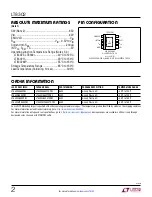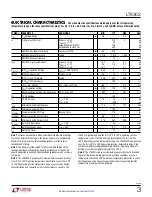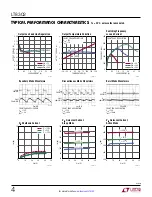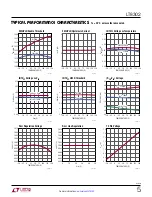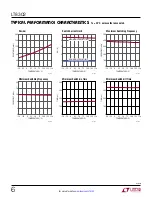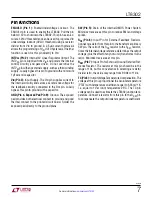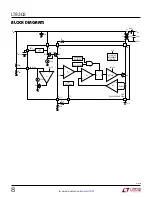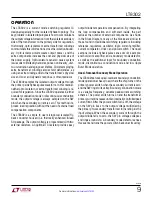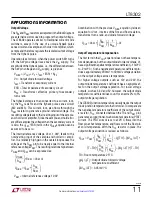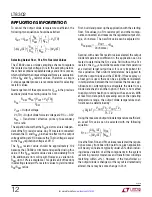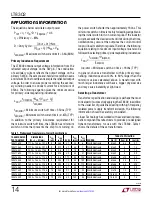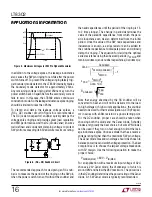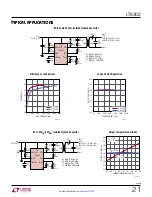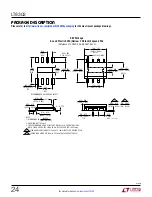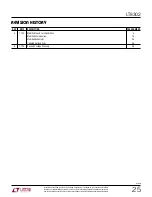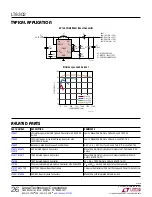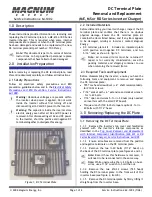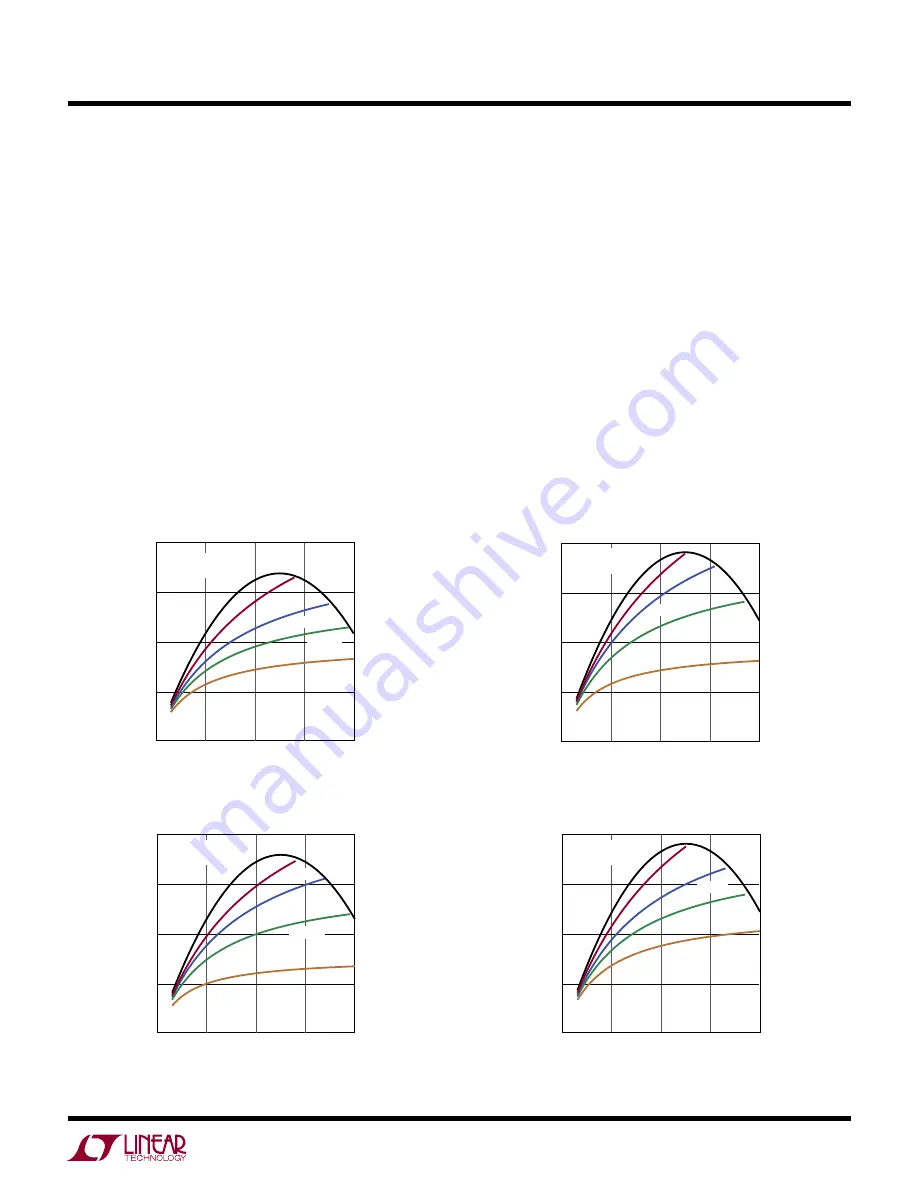
LT8302
13
8302fb
For more information
www.linear.com/LT8302
applicaTions inForMaTion
Output Power
A flyback converter has a complicated relationship between
the input and output currents compared to a buck or a
boost converter. A boost converter has a relatively constant
maximum input current regardless of input voltage and a
buck converter has a relatively constant maximum output
current regardless of input voltage. This is due to the
continuous non-switching behavior of the two currents. A
flyback converter has both discontinuous input and output
currents which make it similar to a nonisolated buck-boost
converter. The duty cycle will affect the input and output
currents, making it hard to predict output power. In ad-
dition, the winding ratio can be changed to multiply the
output current at the expense of a higher switch voltage.
The graphs in Figures 1 to 4 show the typical maximum
output power possible for the output voltages 3.3V, 5V,
12V, and 24V. The maximum output power curve is the
calculated output power if the switch voltage is 50V dur-
ing the switch-off time. 15V of margin is left for leakage
inductance voltage spike. To achieve this power level at
a given input, a winding ratio value must be calculated
to stress the switch to 50V, resulting in some odd ratio
values. The curves below the maximum output power
curve are examples of common winding ratio values and
the amount of output power at given input voltages.
One design example would be a 5V output converter with
a minimum input voltage of 8V and a maximum input volt-
age of 32V. A three-to-one winding ratio fits this design
example perfectly and outputs equal to 15.3W at 32V but
lowers to 7.7W at 8V.
Figure 1. Output Power for 3.3V Output
Figure 2. Output Power for 5V Output
Figure 3. Output Power for 12V Output
Figure 4. Output Power for 24V Output
INPUT VOLTAGE (V)
0
OUTPUT POWER (W)
10
15
40
8302 F02
5
0
10
20
30
MAXIMUM
OUTPUT POWER
20
N = 3:1
N = 1:1
N = 4:1
N = 2:1
INPUT VOLTAGE (V)
0
OUTPUT POWER (W)
10
15
40
8302 F03
5
0
10
20
30
N = 1:1
MAXIMUM
OUTPUT POWER
20
N = 3:2
N = 1:2
N = 2:1
INPUT VOLTAGE (V)
0
OUTPUT POWER (W)
10
15
40
8302 F04
5
0
10
20
30
N = 1:2
MAXIMUM
OUTPUT POWER
20
N = 2:3
N = 1:3
N = 1:1
INPUT VOLTAGE (V)
0
OUTPUT POWER (W)
10
15
40
8302 F01
5
0
10
20
30
N = 6:1
MAXIMUM
OUTPUT POWER
20
N = 4:1
N = 2:1
N = 3:1


